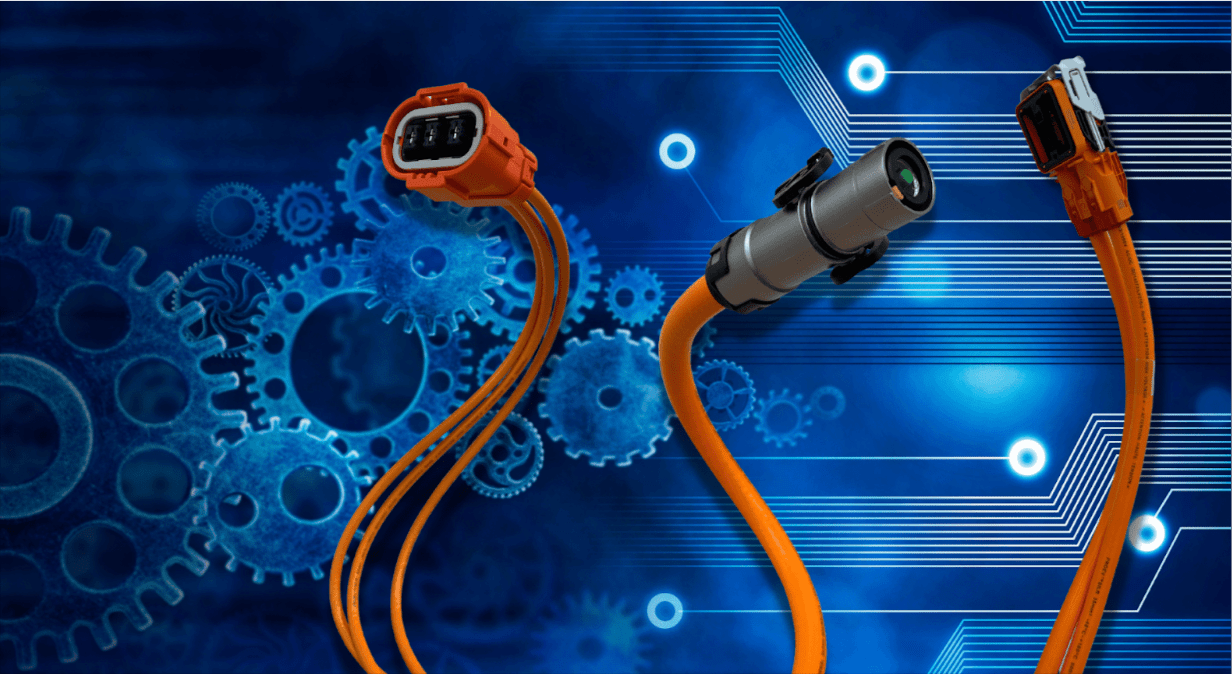
Introduction
High-voltage electronic design is a specific field that requires cautious thought, particularly for engineers familiar with working with low-voltage frameworks. As the demand for high-voltage applications develops, understanding the essentials of designing with voltages going from 1000V to 1500V and past becomes progressively significant. Whether for scientific, medical, modern, or purchaser applications, the standards of high-voltage design are critical. This article will dive into the fundamental parts of high-voltage electronic design, providing important knowledge for specialists and fans. For obtaining components for your high-voltage projects, Partstack.com is an astounding asset for purchasing electronic components on the web.
Understanding the High Voltage Domain
High voltage design is a field that arranges voltages significantly more elevated than whatever most specialists work with consistently. This can go from double-digit DC voltages like 24V or 48V to triple-digit AC line voltages of 120/240 VAC, which is significantly higher. The domain of high-voltage designing incorporates everything from scientific and medical hardware, similar to X-beam machines and particle gas pedals, to commercial applications like neon signs and high-power broadcasting. These applications frequently require kilovolts of power yet at moderately low currents, typically around 100mA.
The Requirement for High Voltage
High voltage is involved either because it’s the main choice for specific applications or because it offers benefits regarding power and efficiency. For instance, high voltages are fundamental in applications that need to foster high-power fields or speed up particles. In power conveyance frameworks, high voltage is favored because it minimizes IR (current X resistance) misfortunes and I2R heating, prompting more efficient power transmission. This rule is why electric locomotives work at 20 kV and power companies’ AC-feeder lines can run at 100 kV.
Begin With Physical Aspects
While working with high voltages, the primary thought is the physical elements of the components and frameworks. This incorporates understanding and applying the ideas of creepage and leeway. Creepage alludes to the distance a circular segment might go over a surface, similar to a PCB, while freedom is the briefest distance a bend might go through the air. These aspects rely upon different elements, including the application, territorial standards, extreme working elevation, and mugginess. Obtaining the right components with appropriate creepage and leeway aspects is pivotal, and for this, you can purchase electronic components online at Partstack.com.

Move On to Passive Components
In high-voltage design, even basic passive components like resistors, electronic capacitors, and inductors require cautious choice. Every component has a most extreme working voltage rating, and surpassing this rating can prompt disappointment or catastrophic occasions. For example, a capacitor evaluated for 15VDC, whenever utilized at 100V, may encounter arcing between inward layers, starting disappointment. Therefore, choosing components with a voltage rating two to multiple times higher than the most extreme anticipated voltage in the circuit is fitting. This approach guarantees dependability and well-being in high-voltage designs. While choosing these components, Partstack.com offers many choices for those hoping to purchase electronic components on the web.
Connectors and Cables in High-Voltage Designs
Connectors and cables are essential in high-voltage applications, as they should withstand high-voltage anxieties while keeping up with solid associations. Connectors and cables should stick to specific creepage and freedom standards like uninvolved components. These components are normally industry-specific and appraised by their expected application’s prerequisites. It’s critical to pick connectors and cables appraised for your project’s specific voltage and current requirements. For obtaining high-voltage connectors and cables, Partstack.com is a dependable spot to buy electronic components online.
High-Voltage Active Devices: MOSFETs and IGBTs
Controlling and switching current at high voltages includes utilizing active devices like MOSFETs and IGBTs. The choice between these two relies upon the specific necessities of the application, like voltage, current, and switching recurrence. Bundling of these devices is a critical perspective, as it should accommodate high voltage and current while guaranteeing efficient heat dispersal. Advancements in semiconductor materials, similar to silicon carbide (SiC), have prompted more modest MOSFETs, which can handle more current with fewer misfortunes and have higher thermal conductivity than conventional silicon devices. These headways make SiC MOSFETs ideal for high-voltage applications in solar inverters, engine drives, and power supply units.
Well-being and Administrative Contemplations
Security is foremost in high-voltage electronics design. Engineers should stick to rigid well-being standards and administrative necessities to guarantee that their designs are efficient and protected for utilization. This implies understanding the dangers of high voltages, for example, electric shock and curve streak, and carrying out design practices that alleviate these dangers. Moreover, getting administrative approval for high-voltage products is, in many cases, a complex process that requires careful testing and certification.
Conclusion
High-voltage electronic design is a difficult yet remunerating field that assumes a critical part in different industries. By understanding the standards of high voltage design, including component choice, security contemplations, and administrative compliance, specialists can make inventive and efficient answers for many applications. For obtaining high-quality components for your high-voltage projects, Partstack.com is a brilliant asset for purchasing electronic components web-based, offering an immense choice of products reasonable for high-voltage applications.



